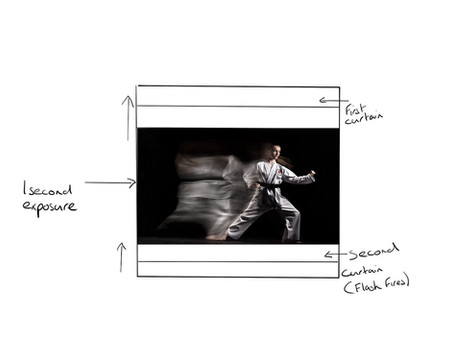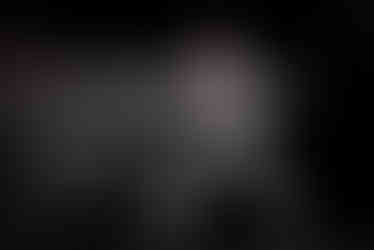Slow Shutter High Speed Action Photography.
- Barry Mountford
- Nov 8, 2019
- 3 min read
With so many ways to be creative in photography I get really excited with many ideas for a photograph, one area I find very interesting is sports action photography, but with a twist, its great to capture that split second moment and have that frame frozen, but I wanted to explore capturing the motion and freezing the action all in one go. Below you can watch the video of me using this technique with some karate students.

I have used the strobe effect/repeating flash in the past during a dance shoot which also captures the movement but freezes the movement with each burst of flash, the Image below was captured during a dance session with a good friend and fellow photographer Phil Punton you can see his work here https://www.philpunton.com

I really like the repeating flash effect but that's 8 pops of the flashes which freezes each part of the movement and I wanted to capture more motion in my image. Using a couple of Karate students I decided to test out the idea using a continuous light source (LED 100d mkii ) to capture the motion,

and a fast flash duration strobe ( Citi 600 ) to freeze the action.

The fast Flash duration of the strobe (t1 value displayed on the screen in the above image) allows me to freeze the action even though I am using a shutter speed of 1 second and my subject is moving, basically at a lower power level on the strobe it outputs the flash at a higher speed which is what freezes the action, and the combination of my aperture at f13 produces a nice sharp end to the movement in the frame.

I booked a local Theatre stage, when I originally booked, it was for the full day as I really wanted to make the most of this setup and the Karate students but unfortunately there was a mix up and they had double booked which left me with 1 1/2 hours to setup, produce the images, and shoot the video! I do believe I have never ran around as much as I did that day, and to add to all of this when I scouted the theatre only the week before, the stage was completely clear! As you can see from the image above they had started to build a set. I started to set up a quickly realised I needed to use grids to control the light spill coming from the continuous light on the left in the above image, also placing a strip box grid on the Citi 600.
I start with the continuous light and gage a good exposure for the motion in the image and ( 1 second exposure ) at the same time checking I have the black background with an aperture of f13, turning off every light in the theatre and only having my LED light on was enough to focus on my subject and shoot some video. I took a few frames using the citi 600 light, standing the student at the end point of the 1 second of move from the Continuous light on the left, and set the power level of the light to suit my aperture of f13 making sure I didn't over expose the Karate Gi, setting the camera to fire the strobe on the second curtain so the karate student is frozen at the end of the movement.
Once I had the lights setup we started shooting, timing is key with this type of image but with Karate timing is very much part of there training which helped during this session. In the short space of time we had, to setup and shoot, we managed to capture some great images the one above being my favourite, In a couple of shots I added a speed lite behind right of the subject to give a little rim light using a 580mkii speed lite.

I would of loved to have had more time to incorporate coloured gels and different movements but that wasn't to be on the day, I wanted to share this little bit of info as I think this technique could be very effective in many other sports, boxing, mma, fencing, football even diving into a pool ( the correct percussions should be taking for obvious reasons!) and mixing all that up with coloured gels are just some of the ideas I have in mind to try, so hopefully this might spur the imagination of others with ideas on how you can use this in your own photography.

























Comments